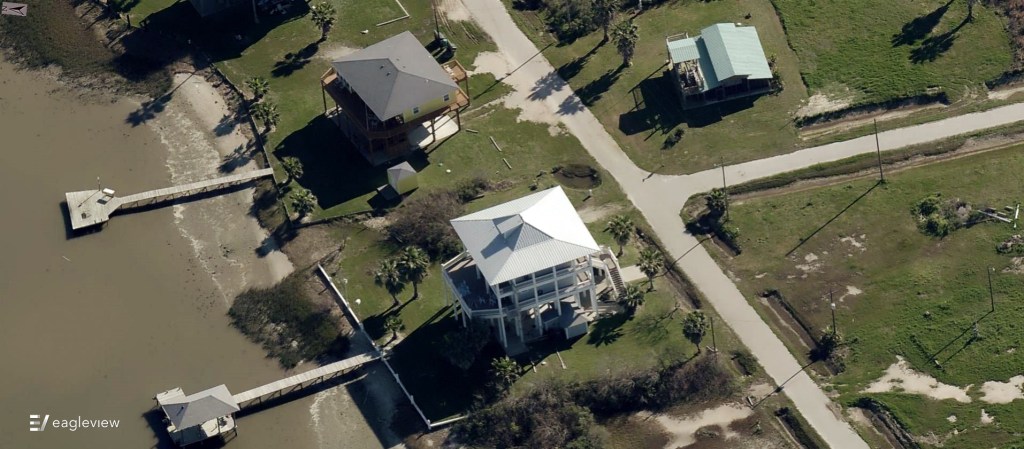Taking the Proper Precautions: Lessons Learned From Hurricane Ike, 12 Years Later

When it became clear that the island city of Galveston, Texas, was in dire danger during the week of September 12, 2008, local authorities ordered its residents to evacuate immediately. Much to their horror, nearly 40 percent of Galveston’s 57,523 residents chose to remain at their homes.
On September 13, the eye of Hurricane Ike, which remains the sixth-costliest hurricane in United States history, made landfall in Galveston.
Ike’s journey into town
Hurricane Ike touched down in Cuba on September 8 as a Category 4 and made its way through the Gulf of Mexico. As Galveston prepared for the worst, Ike weakened slightly to a Category 2 – but was plenty strong enough to damage or destroy three-quarters of Galveston’s homes.

Photo: Climate Central

Devastation ensues
As you can see above, the coastal resort town of Galveston quickly vanished. The yellow house in the picture was one of the few that remained standing on the Bolivar Peninsula in Galveston County, which faced the brunt of Ike’s power. As opposed to bone-crushing winds, the true destruction came from the 22-foot storm surge, which forced a massive bulge of water ashore and demolished the coastline.
By the time Ike had steamrolled through the US and Canada, it wreaked roughly $30 billion in damage, just in the US. With millions without power and running water statewide, Galveston was temporarily declared uninhabitable.
Lack of preparation
The decision to remain behind wasn’t unique to residents of Galveston County. By some accounts, nearly 140,000 of the 1 million or so ordered to evacuate the Texas coast decided to tough it out. As Ike inched ever closer, many realized their mistake – but by then, the window had passed. They were stuck on the coast, spectators of what was to come.
With so many opting to ride out the storm in their homes, Texas was forced to launch its 'largest search-and-rescue mission’ to date – but with one major hiccup. Ike’s surge made many roads impassable, so rescuers had to carry out the herculean effort in boats, helicopters and high-water trucks.
When the rescue missions for the stragglers were finally completed, and the recovery efforts began, 113 deaths could be attributed either directly or indirectly to the colossal Hurricane Ike.
Lessons learned
Hurricane Ike’s crippling storm surge ensured that those who failed to act early on were forced to remain in their homes. In order to ensure the safety of yourself and your loved ones in at-risk areas, check out the Department of Homeland Security’s tips for preparing an effective evacuation strategy.


What else you can do now
This year, forecasters are predicting a very active season. With that in mind, taking the proper precautions is more important than ever:
- Homeowners:
- Make sure your house is up to code
- Prepare a safe evacuation plan
- Be sure to take steps to protect your home and stock up on supplies as soon as a major storm threatens your area
- Government agencies:
- Take steps now to prepare your community to withstand the effects of natural disasters – this USA Today article has some important recommendations
- County governments around the US leverage EagleView imagery to map out emergency routes and update crisis plans in advance and aid in public safety efforts after a disaster
- Contractors:
- You’ll be on the ground rebuilding the community – here are some tips to help you hit the ground running
- Insurers:
- The risks don’t end once the storm passes, the ground stops shaking, or the fire is out
- Keep your claims adjusters safe with virtual inspections that avoid danger areas
Legendary author and Southern son William Faulkner once said, “The past is never dead. It’s not even past.” By looking back to Hurricane Ike and recognizing what should have gone differently, we can begin to lay the foundation for a better prepared future.
